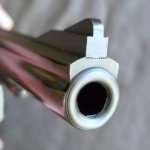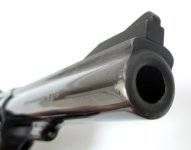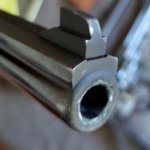When an older gun was sent in to S&W to have a barrel shortened, for example from 6" to 4" or 5", what would have been done, and how can one tell?
What I mean is, was the barrel actually cut and the gun refinished? Was the barrel replaced with a 5" and stamped with the same s/n and a star? Grip frame stamped with a date? See example in copy of an order letter to S&W attached below.
I ask because I have recently seen guns with finishes that seem too-good-to-be-true, but - without the signs of a refinish that are usually mentioned in this forum. Guns made in the 30's~50's that I am not used to seeing often seem to be coming up both online and locally, and it would be nice to know what to look for.
What I mean is, was the barrel actually cut and the gun refinished? Was the barrel replaced with a 5" and stamped with the same s/n and a star? Grip frame stamped with a date? See example in copy of an order letter to S&W attached below.
I ask because I have recently seen guns with finishes that seem too-good-to-be-true, but - without the signs of a refinish that are usually mentioned in this forum. Guns made in the 30's~50's that I am not used to seeing often seem to be coming up both online and locally, and it would be nice to know what to look for.




